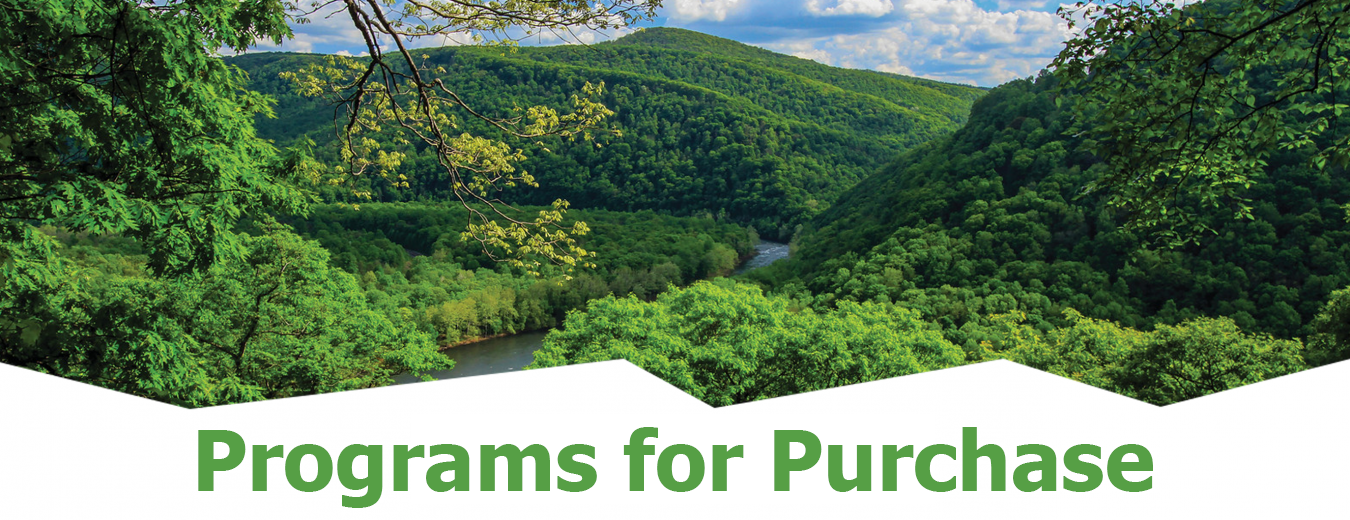
Natural Areas Association offers recordings of past virtual symposia, workshops, roundtables, and webinars for purchase. See below for recordings that are available for purchase. Programs are organized by type and can be quickly accessed by choosing one from the left.
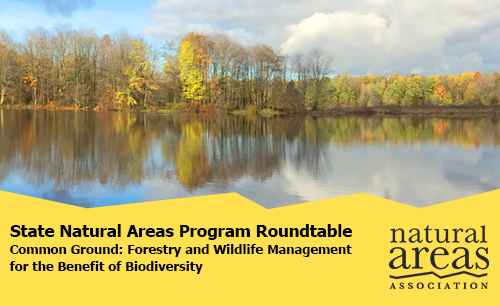
Wildlife biologists and foresters with local, state, and federal agencies and non-government organizations are increasingly tasked with managing more than just game species and wood products but a more wholistic range of habitat and species outcomes. Learn More About this Roundtable
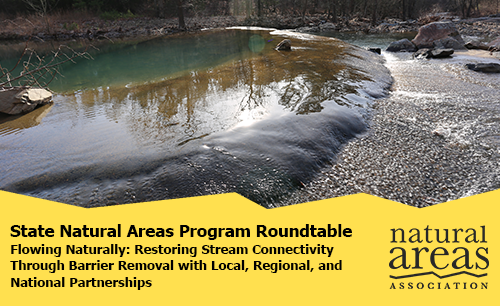
Man-made stream barriers such as low-head dams and culvert road crossings are detrimental to stream ecology in a multitude of ways and are of concern to natural resource managers, biologists, and ecologists. Learn More About this Roundtable
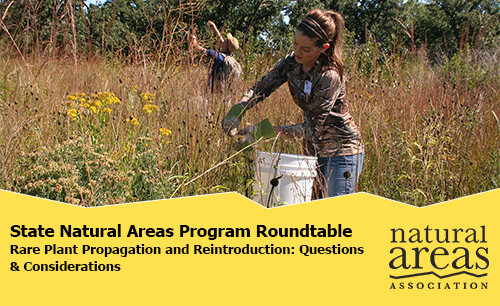
Although practitioners of rare species and adaptive management agree that the in situ (in their original place) conservation of rare species and their habitats is the priority for conservation, reintroducing plants can be a complex proposition. Learn More About this Roundtable
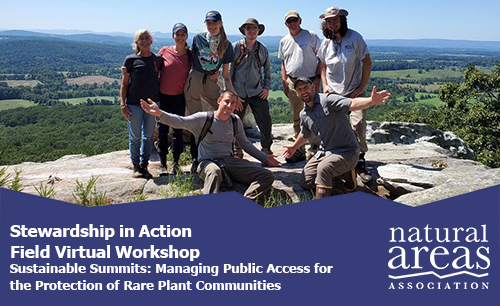
Sustainable Summits Managing Public Access for the Protection of Rare Plant Communities is a compact, interactive, virtual field workshop that will include expert-led discussions in connection to three high elevation sites with frequent public access in Virginia. Learn More About this Workshop
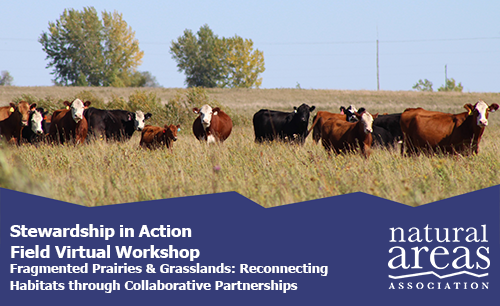
The Minnesota Prairie Conservation Plan is a model for public-private collaboration in conservation and is a national model that can be adapted and emulated. Hosted in partnership with the Minnesota Department of Natural Resources (MN DNR), this workshop was designed specifically for on-the-ground practitioners and statewide coordinators. Learn More About this Workshop
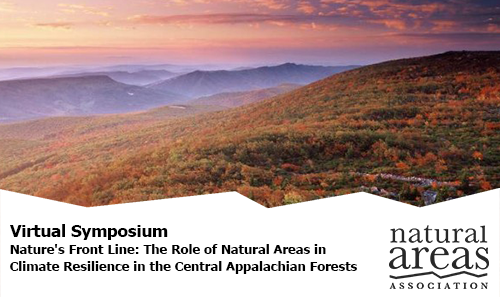
Nature's Front Line considered the role of natural areas as a critical, strategic component to mitigating impacts of human-caused climate disruption. This program will equip practitioners with the information needed to inform management plans, educate policy makers, and enlighten the public on the vital role natural areas play in offsetting the impacts of climate change on our planet. Learn More About this Symposium
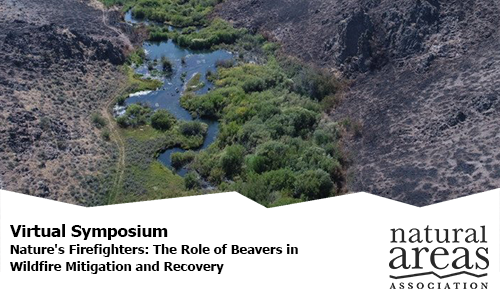
Beavers provide a wide range of ecological benefits, including wildlife habitat creation, pollution filtration, and the attenuation of both drought and flooding. In recent years, researchers have begun to explore another crucial beaver service: wildfire mitigation and post-fire recovery. Learn More About this Symposium
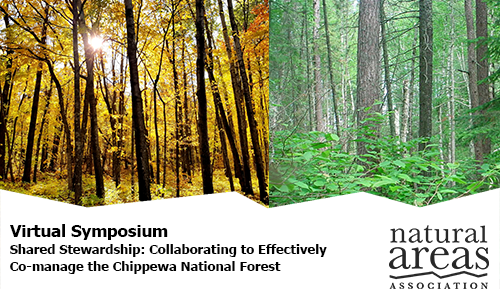
In September 2016, the Forest Service Chief committed the Chippewa National Forest (CNF) to enter into formal consultation with the Leech Lake Band of Ojibwe (LLBO) to address desired vegetation-management conditions and to develop a shared decision-making process for resource management on the CNF within the LLBO Reservation. Learn More About this Symposium
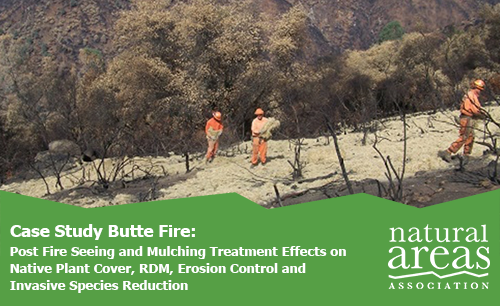
Since 2002, the use of seed in post-fire mitigation projects in California has been confined almost exclusively to state highway and county roads, Federal Emergency Management Agency (FEMA) and other private reseeding efforts. Learn More About this Webinar
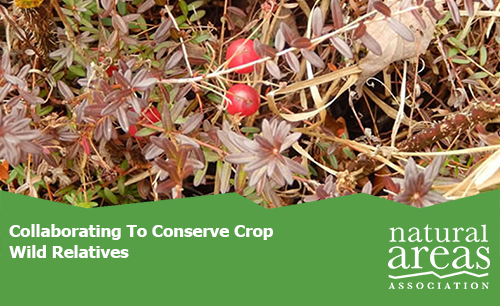
Natural areas provide many important benefits including biodiversity conservation, ecosystem services, food, extractive resources, and recreation. Most protected areas harbor crop wild relatives, the wild plants useful to food and agriculture. Learn More About this Webinar
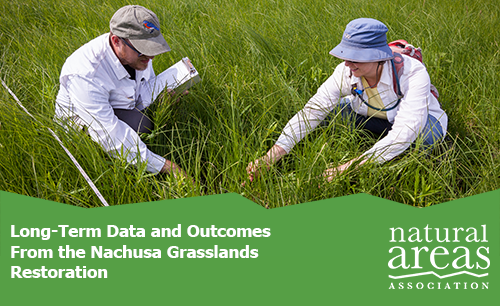
Ecosystem restoration provides potential to reverse losses in biodiversity and ecosystem functioning. Long-term monitoring is essential to understanding if restoration projects deliver on this potential. Learn More About this Webinar

Both the use and science of fire in the Upper Midwest lag many parts of the US though the need for fire is pronounced. This is especially true in relation to controlling woody plant encroachment which is one of the greatest contemporary threats to fire dependent ecosystems. Learn More About this Webinar
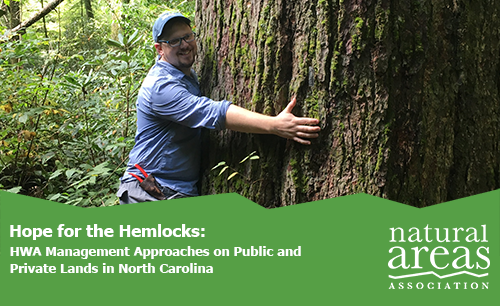
The hemlock woolly adelgid (HWA) is a tiny invasive insect killing millions of hemlock trees and threatening water quality, wildlife habitat, and forest health in eastern North America. Recent advances in research and developments in HWA management options give natural areas managers and private landowners new tools they can use to protect their hemlock forests. Learn More About this Webinar
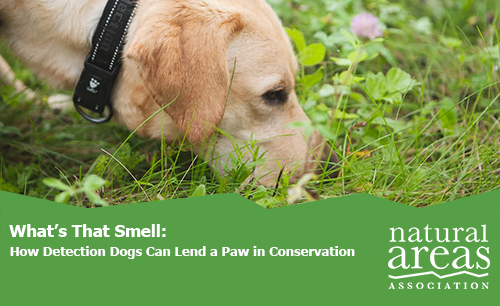
Dogs. They truly are man’s best friend. By lending a helping paw and highly capable nose, they can be conservation’s best friend, too. Around the world, conservation dogs are assisting boots-on-the-ground land managers by helping locate and monitor endangered and invasive species, helping with anti-poaching efforts, both on land and in water, with efficiency. Learn More About this Webinar
Support the people who manage our natural areas and protect biodiversity in perpetuity.